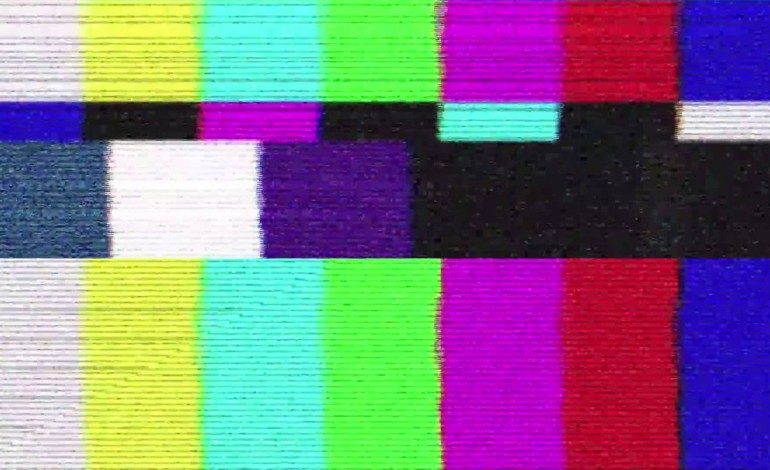

In last few months, headlines that have dominated Hollywood have been saying that there’s a diversity problem, especially when it comes to who is nominated for awards. For the second year in a row, all the nominees for an Academy Award have been white. This past September, Viola Davis was the first African American to win the “Outstanding Lead Actress in a Drama Series” for her work in How To Get Away With Murder.
But in a new report, diversity issues are a problem all throughout Hollywood industries, not just in the Academy.
This may come as a surprise as some people view TV as being fairly diverse, or at least slightly more diverse, than movies and nominees for the Academy Awards.
The report, called the Comprehensive Annenberg Report on Diversity, was released by the Media, Diversity and Social Change Initiative at the University of Southern California’s Annenberg School for Communication and Journalism.
According to the Associated Press, the study is “one of the most wide-ranging examinations of the film and television industries, including a pointed “inclusivity index” of 10 major media companies — from Disney to Netflix — that gives a failing grade to every movie studio and most TV makers.”
In a news release, Stacy L. Smith, a professor at USC and one of the author’s of the study, said “The prequel to OscarsSoWhite is HollywoodSoWhite. We don’t have a diversity problem. We have an inclusion crisis.”
The study looked at shows and movies that were released from September 2014 through August 2015, and looked at films, broadcast and cable networks and streaming websites, such as Hulu and Netflix.
According to the study, the total number of directors in the time that the study was conducted, there were 4,284 directors. The ratio of male directors to female directors is 5.6 to 1. When it’s broken down, there are 4.8 male directors to 1 female director in broadcast networks, 5.6 male directors to 1 female director in cable networks and 7.5 male directors to 1 female director in streaming sites.
But it’s not just sex and gender that the study looks at. The study also looks at age, ethnicity and the amount of LGBT characters in a show.
“35% of characters were 40 years of age or older. Men fill 74.3% of these roles and women 25.7%. Film (21.4%) was less likely than broadcast (26.9%) or cable (29.4%) to show women 40 years of age or older. Streaming was the most likely, with females filling 33.1% of roles for middle age and elderly characters,” one of the findings in the study said.
In terms of ethnicity, “28.3% of all speaking characters were from underrepresented racial/ethnic groups, which is below (-9.6%) the proportion in the U.S. population (37.9%).”
And in terms of LGBT representation, the equity of portrayals isn’t existent either. The study reported that “2% of all speaking characters across the 414 movies, television shows, and digital series evaluated were coded LGB (lesbian, gay, bisexual) … Only seven transgender characters appeared across 414 stories evaluated.”
